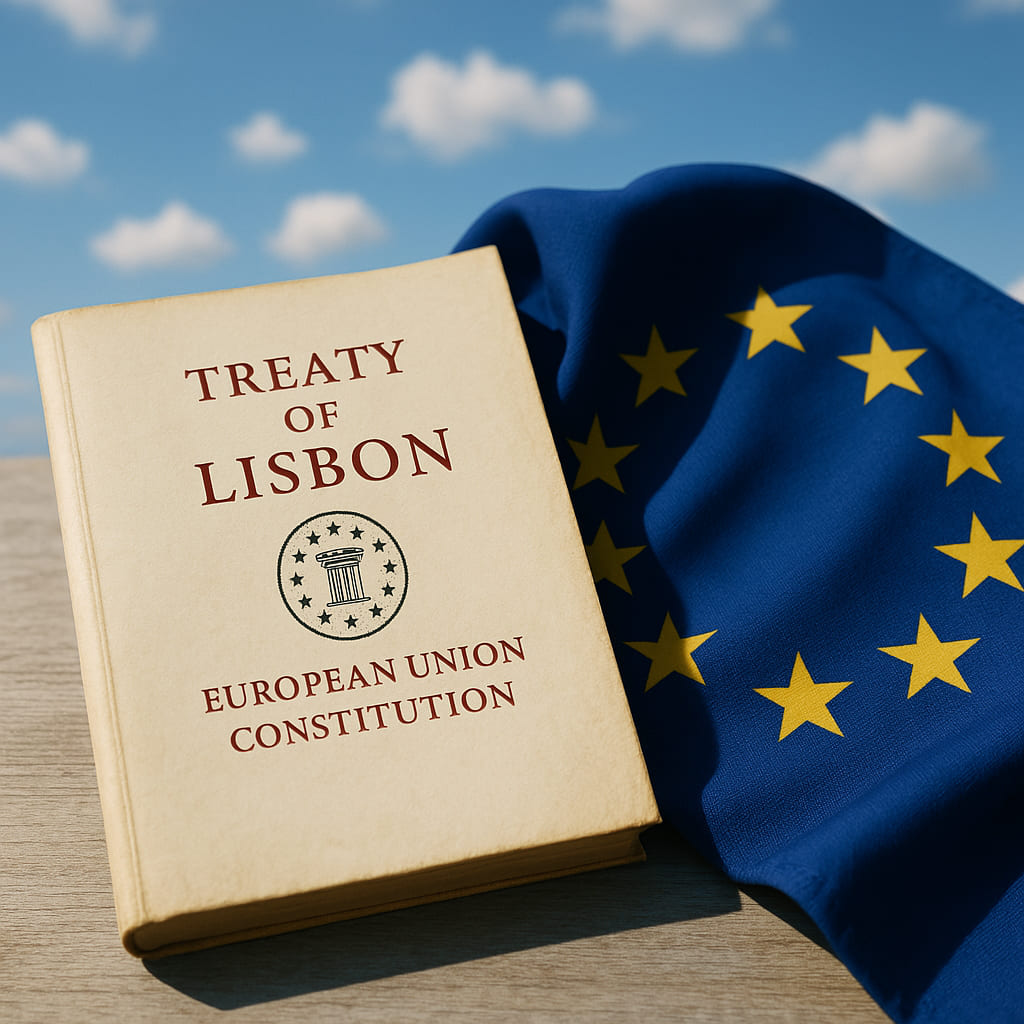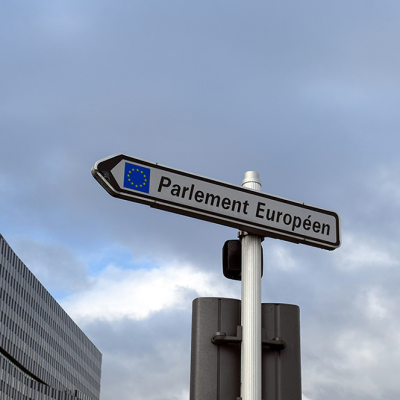Plan B: How to Rescue the European Constitution

The pun got around fast: Are we to understand that the period of reflexion called by the Heads of State and Government at the June 2005 European Council (in the aftermath of the French and Dutch “nos” to the Constitutional Treaty) has now turned into just period?
The fact is that the great public debates announced by the Member States, determined to reconnect the frayed links between citizens and the European project, are thin on the ground. Between mourners of an immaterial “yes”, yesterday’s unwavering champions of a “no” today left in the closet, pseudo-undecided and sitters on the fence, the project of constitutional Treaty has shunted to a halt unsteady to say the least.
In this context, Andrew Duff’s pamphlet is timely. His chosen title sets the tone: time has come to launch the debate on a potential “plan B”. And Andrew Duff is right: it is about time this plan B, non existent though much talked about throughout the referendum campaign in France (where it featured in a diffuse conspiracy theory) be today outlined, debated, pulled apart and put together again until a remedy is found to the current paralysis. Without adopting all Andrew Duff’s proposals, Notre Europe has considered useful to publish his text as a contribution to a debate that must be revived.
But the reader should make no mistake about it: the strategy set forth by the MEP is no tabula rasa. An active member of the Convention, he robustly defends a project born of several years’ work within an instance the democratic credentials of which should need no recommendation. Rebuild, extend and improve what is extant, namely the Draft Constitutional Treaty, that is the starting point proposed by the author and which would seem dictated by both wisdom and respect for those European democracies who have already approved this text.
Andrew Duff goes so far as to suggest that some dispositions in the project be preserved since they do not appear to have been at the heart of the most heated ratification debates, where they took place, specifically those in the first, truly “constitutional” part of the text. That is not to say that the author sets us on the tracks of a partial implementation of the Draft Treaty, in line with those who moot the adoption of a mini institutional Treaty. No, the project is an overall even-handed trade-off and so it must remain.
Those oratory precautions out of the way, the MEP feels no need to be tentative in his renegotiation proposals. In the knowledge that many objectors to the text demurred at its third part, which defined Union policies, Andrew Duff declares it in need of attention, even putting forward the themes, which should be prioritised. The more precise the detail the closer we get to the dicey question of whether it is wise to open this or that can of worms, to chance this or that stake in the Treaty, but Duff’s approach has the merit to have no bars held: economic governance, social dimension, climate change, enlargement and finances are the five headings he sets on the agenda.




